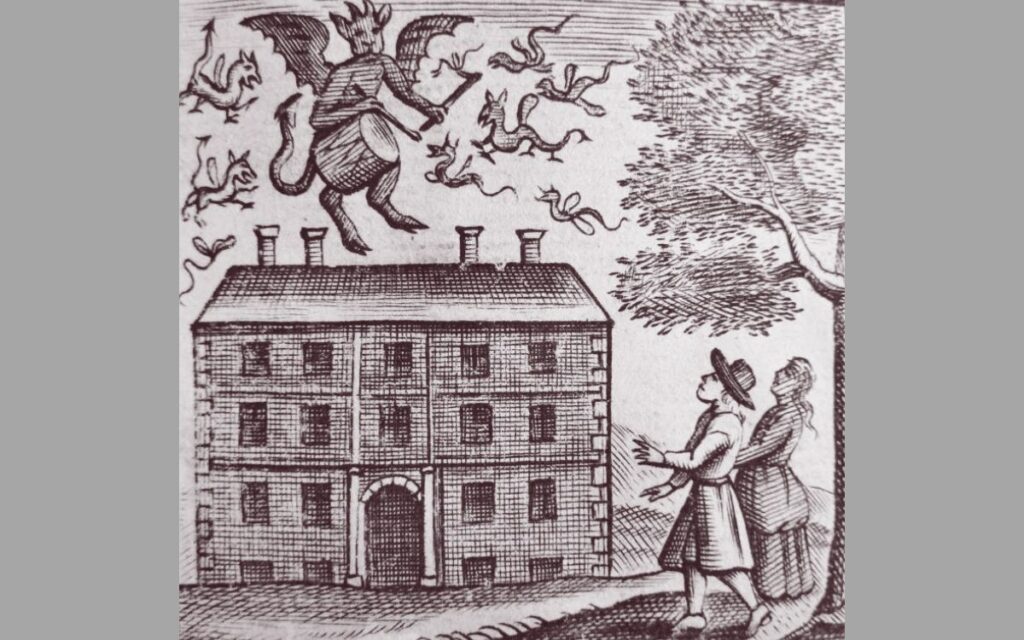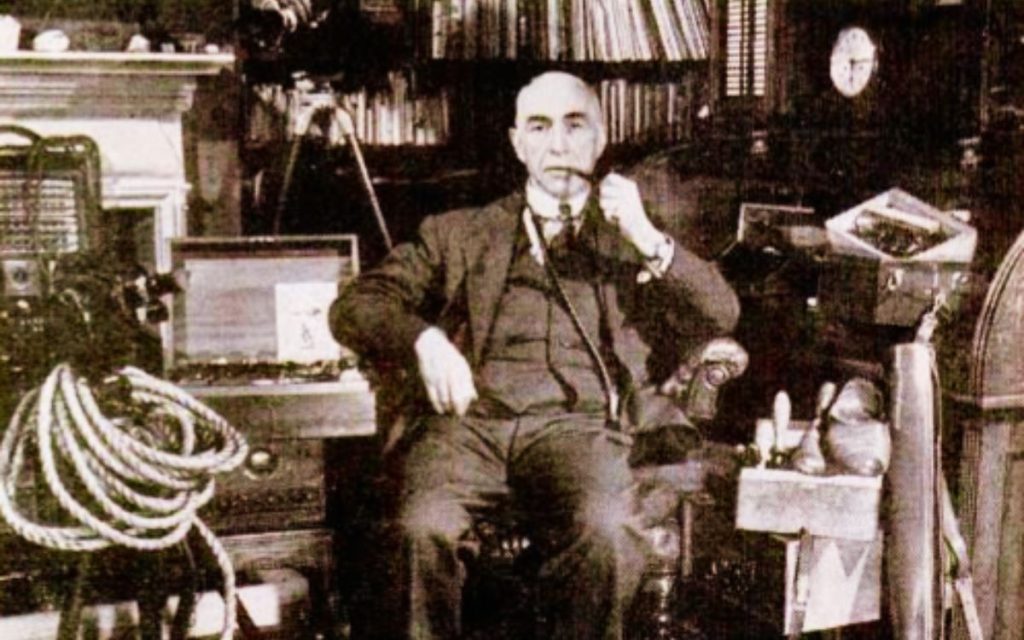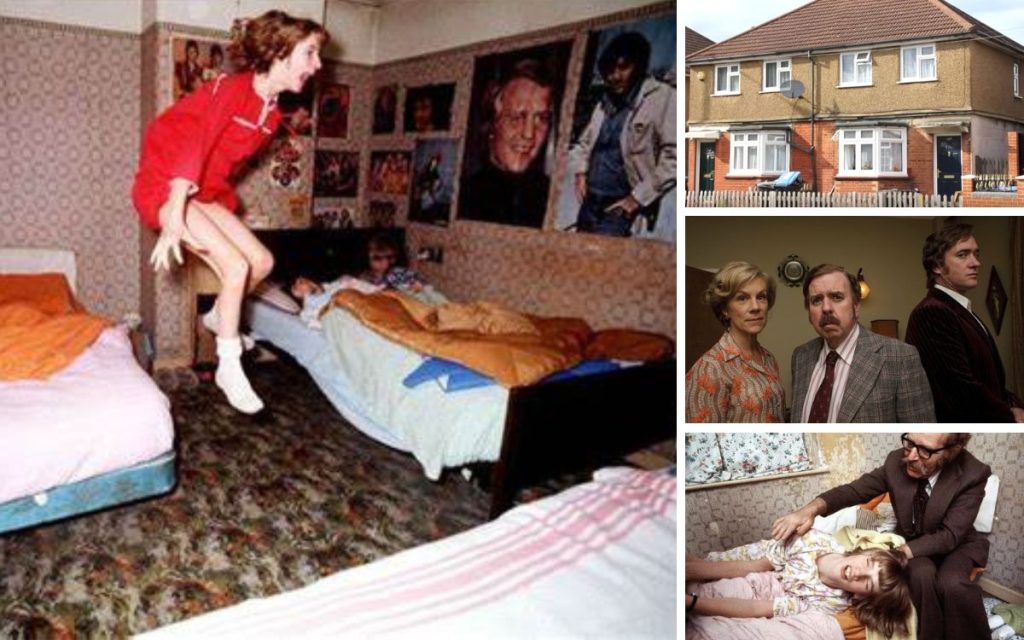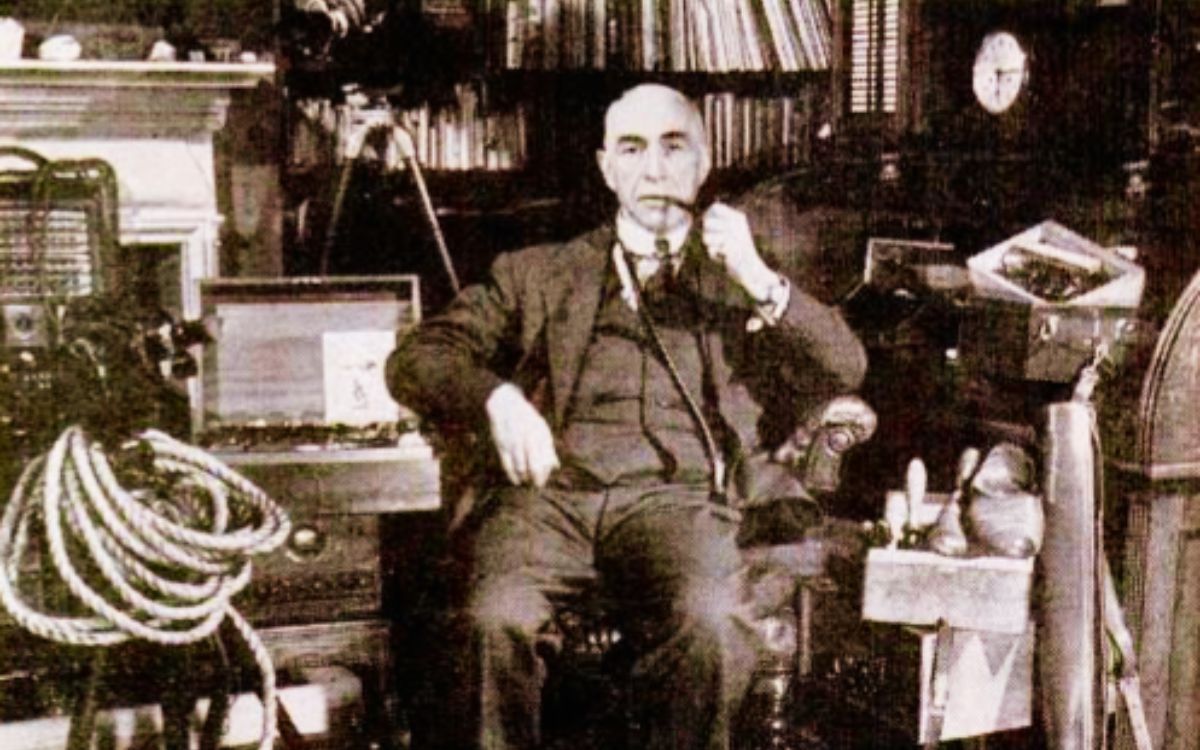Ghost hunting in the UK is more than just spooky fun – it’s a centuries-old blend of folklore, science and the search for truth.
Table of Contents
From ancient folklore to cutting-edge gadgets, this is the ultimate guide to paranormal research in Britain – packed with thrilling tales, famous ghost hunters, legendary hauntings, and a peek at the tools and techniques used through the ages.
If you’ve ever wondered about the history of paranormal investigation in the UK, or you’re curious about how to conduct a ghost hunt yourself, you’re in the right place.
Early Days: Ghosts, Folklore and First Investigations
Long before ghost hunting became a weekend activity, people were telling spooky stories and sharing encounters with the unknown.
In medieval Britain, spirits were often linked to religion or witchcraft, making any formal ghost investigation a risky business.
One of the earliest known cases was the Drummer of Tedworth in 1662. A magistrate in Wiltshire reported bizarre drumming sounds that wouldn’t stop.
The case was investigated by clergyman Joseph Glanvill, who linked the events to witchcraft – a very dangerous claim at the time.
Then came the Cock Lane Ghost in London in 1762. Strange knocking sounds supposedly came from the ghost of a murdered woman. It caused a public frenzy.
But in the end, the knocks were revealed to be faked by a young girl using a hidden wooden board. Even back then, ghost hunters had to watch out for hoaxes.

The Victorian Boom: Ghost Clubs and Serious Investigations
The 1800s were a golden age for ghost hunting in Britain.
The rise of Spiritualism meant more people were holding séances and claiming to speak with the dead. But some wanted proof – and so began a more scientific approach.
In 1834, Major Edward Moor investigated strange bell-ringing in his Suffolk home. He didn’t jump to ghostly conclusions. Instead, he wrote down everything and looked for natural causes.
This made him one of the first people to properly document a haunting.
Soon, groups started forming. The Ghost Club was launched in London in 1862, with members including Charles Dickens and philosopher Henry Sidgwick.
They investigated hauntings and exposed fakes like the Davenport Brothers, famous American spiritualists who were caught using tricks.
Another major step came in 1882 with the founding of the Society for Psychical Research (SPR). These researchers meant business.
They studied ghosts, telepathy and apparitions with real scientific methods. They even ran a nationwide survey to find out how many people had seen a ghost.
Legendary Ghost Hunters: Crowe, Myers and Price
The late 1800s and early 1900s saw the rise of some legendary ghost investigators.
Catherine Crowe wrote The Night-Side of Nature in 1848 – a book full of ghost stories, dreams and weird happenings. She wanted science to take the supernatural seriously.
F.W.H. Myers, one of SPR’s founders, also dived deep into hauntings and psychic studies, helping build a foundation for serious paranormal research.
But the real star of British ghost hunting was Harry Price. Known as the most famous ghost hunter in British history, Price made waves in the 1920s and 1930s.

He brought technology into the game – cameras, thermometers, gadgets to detect vibrations. If you’re curious about ghost hunting equipment and techniques, Harry Price is your man.
His most famous case? The Borley Rectory investigation.
The Essex house was dubbed “the most haunted house in England”. Price even rented it out to study the paranormal events in detail.
Though many of his claims were later challenged, the Borley Rectory remains one of the UK’s most iconic ghost stories.
From the Blitz to the 1990s: Ghost Hunting in the Modern Age
After the Second World War, ghost hunting quietened down.
But two names kept the spirit alive: Peter Underwood and Andrew Green.
Underwood, known as the “King of the Ghost Hunters”, wrote dozens of books, led the Ghost Club, and investigated hundreds of haunted locations across the UK.
His blend of belief and scepticism set the tone for modern ghost hunting.
Andrew Green, the “Spectre Inspector”, took a practical approach.
In his 1976 book Ghost Hunting: A Practical Guide, he listed simple tools like thermometers, chalk, flour and tape recorders – no fancy tech required.
One major case from this era was the Enfield Poltergeist (1977–79).
A council house in North London was the site of moving furniture, strange voices and eerie knocks.
Investigated by SPR members Maurice Grosse and Guy Lyon Playfair, the case remains hotly debated today.

21st Century: The Ghost Hunting Boom
Thanks to the internet and reality television, ghost hunting has exploded in popularity.
Shows like Most Haunted (2002) brought cameras into dark, creaky buildings and inspired thousands of people to try it for themselves.
By the late 2000s, it was estimated that more than 2,500 paranormal investigation groups were active in the UK.
Many used EMF meters, spirit boxes and thermal cameras. Ghost hunting became both a hobby and a social event.
Public ghost hunts and overnight vigils in castles and prisons are now common.
Companies run events where anyone can try their hand at ghost hunting – complete with real equipment and mediums.
That said, there’s still debate about whether all this tech actually helps.
Experts like Dr Ciarán O’Keeffe have pointed out that most devices just measure environmental changes, not spirits.
And those mysterious orbs in digital photos? Often just dust or moisture.
If you’re starting out and want ghost hunting tips for beginners in the UK, focus on observation and critical thinking. Fancy gadgets are fun but not always reliable.
What Ghost Hunters Have (and Haven’t) Discovered
So, after centuries of investigating ghosts, what have we actually found?
Plenty of compelling stories. Some strange recordings. A few eerie photographs. Lots of people convinced by what they’ve seen or heard.
But no solid proof that ghosts exist.
Still, paranormal investigators play an important role. They comfort people frightened by unexplained events. They keep records. They treat stories with respect, whether or not they believe in ghosts themselves.
For many, ghost hunting is less about proving the paranormal and more about the search for answers.
Whether you’re a sceptic or a believer, the journey is what matters.
Famous British Paranormal Cases
Here are a few standout cases every UK ghost enthusiast should know:
- The Drummer of Tedworth (1662) – Early poltergeist in Wiltshire, investigated by Joseph Glanvill.
- The Cock Lane Ghost (1762) – Faked haunting in London that caused a media storm.
- Borley Rectory (1920s–30s) – Investigated by Harry Price, dubbed England’s most haunted house.
- Helen Duncan (1930s–44) – A medium caught using cheesecloth to fake ectoplasm; famously tried under the Witchcraft Act.
- Enfield Poltergeist (1977–79) – One of the UK’s most famous modern haunting cases.
Each one offers insight into how ghost investigations have evolved.
A Tradition That Lives On
Whether you call it paranormal research or ghost hunting, it’s a unique mix of folklore, science, history and human curiosity.
Britain’s ghost hunters have explored haunted castles, terraced homes and ancient inns – sometimes finding tricks, sometimes finding tales that defy explanation.
From the candle-lit investigations of Victorian ghost hunters to today’s thermal cameras and TikToks, ghost hunting continues to evolve.
And while we may never catch a ghost on camera, we’ll never stop trying.
Because in the end, the search is half the thrill.
Have you experienced a ghost hunt in the UK? Tell us about your spookiest encounter in the comments section!



